Istlada Ancient City Antalya
Existing inscriptions and reliefs on the Hoyran Tomb trace Istlada's history back to at least the early 4th century BC. Archaeological remains indicate that the city was inhabited during the Hellenistic, Roman, and Byzantine periods, following the Lycian era. Istlada, similar to Apollonia, Aperlai, Phellos, or Isinda, appears to have been a small fortress city enclosed by walls, likely ruled by a local Lycian noble.
The city's fortification walls extend east and west of the acropolis. On the eastern and northern slopes, there are rock-cut tombs, Lycian sarcophagi, and monolithic stel-like tombs. Most sarcophagi follow the typical Lycian tomb design, consisting of a base, burial chamber, and a lid. Rock-cut tombs date back to the Classical Period, while all the sarcophagi belong to the Roman Era.
Istlada holds a special place in archaeology due to the Hoyran Monument, a relief-adorned tomb in Kapaklı Village. The monument is carved into the main rock, resembling a house-type tomb. The pediment relief at the top depicts the tomb owner, his wife, and his son. Below the gothic pediment, a frieze relief illustrates the tomb owner reclining on a couch, with soldiers at his feet and family members, including his son, daughter, wife, and other women, participating in a ritual ceremony.
Entrance Fee: Free
Visiting Hours: Open 24/7
Address: Kapaklı Neighborhood, Demre/Antalya

 English
English
 Türkçe
Türkçe
 русский
русский

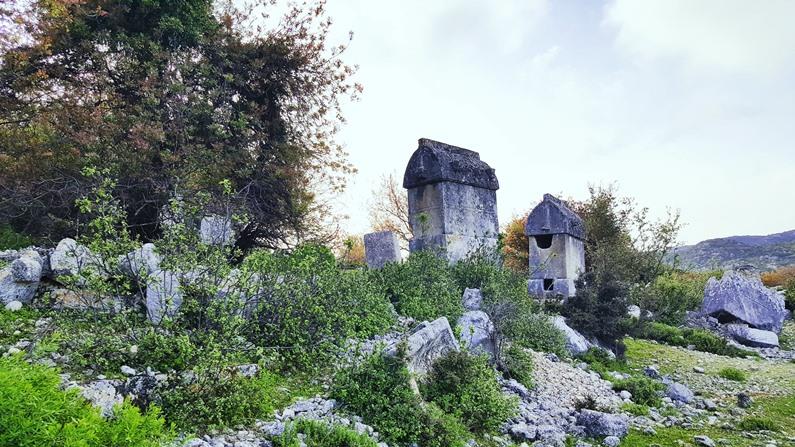
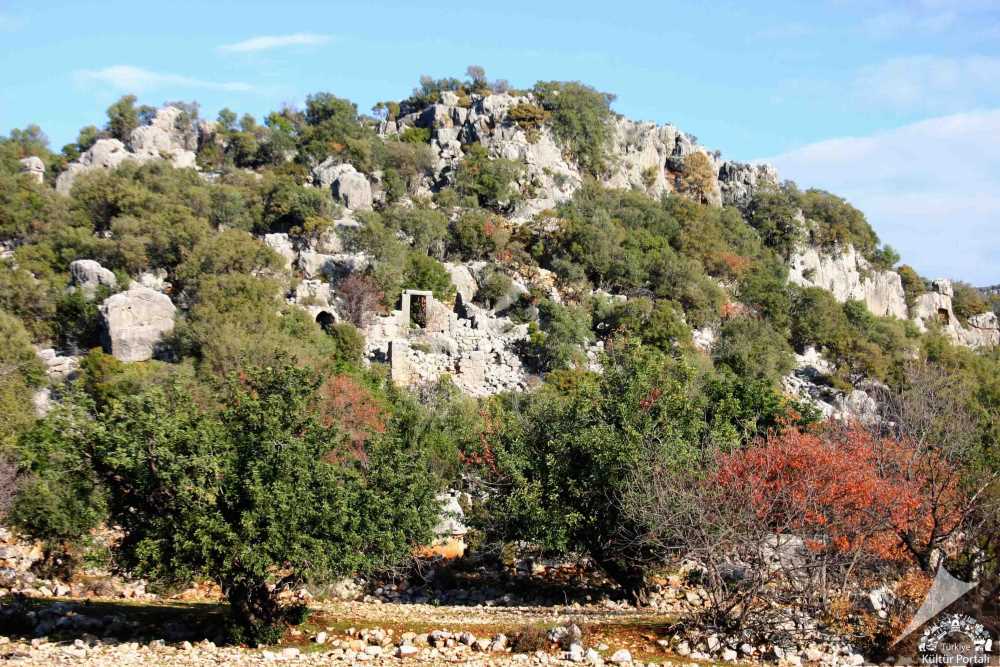
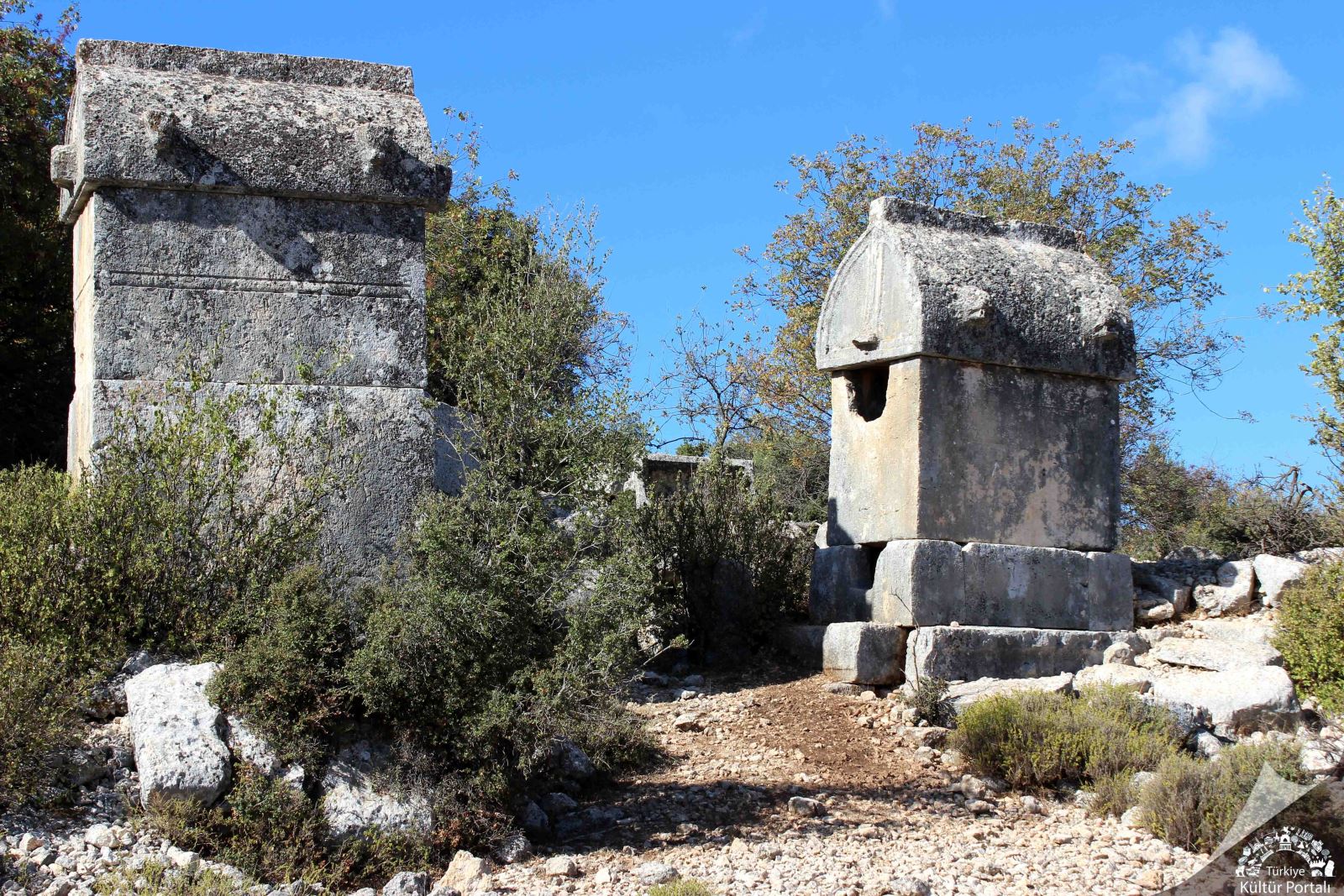
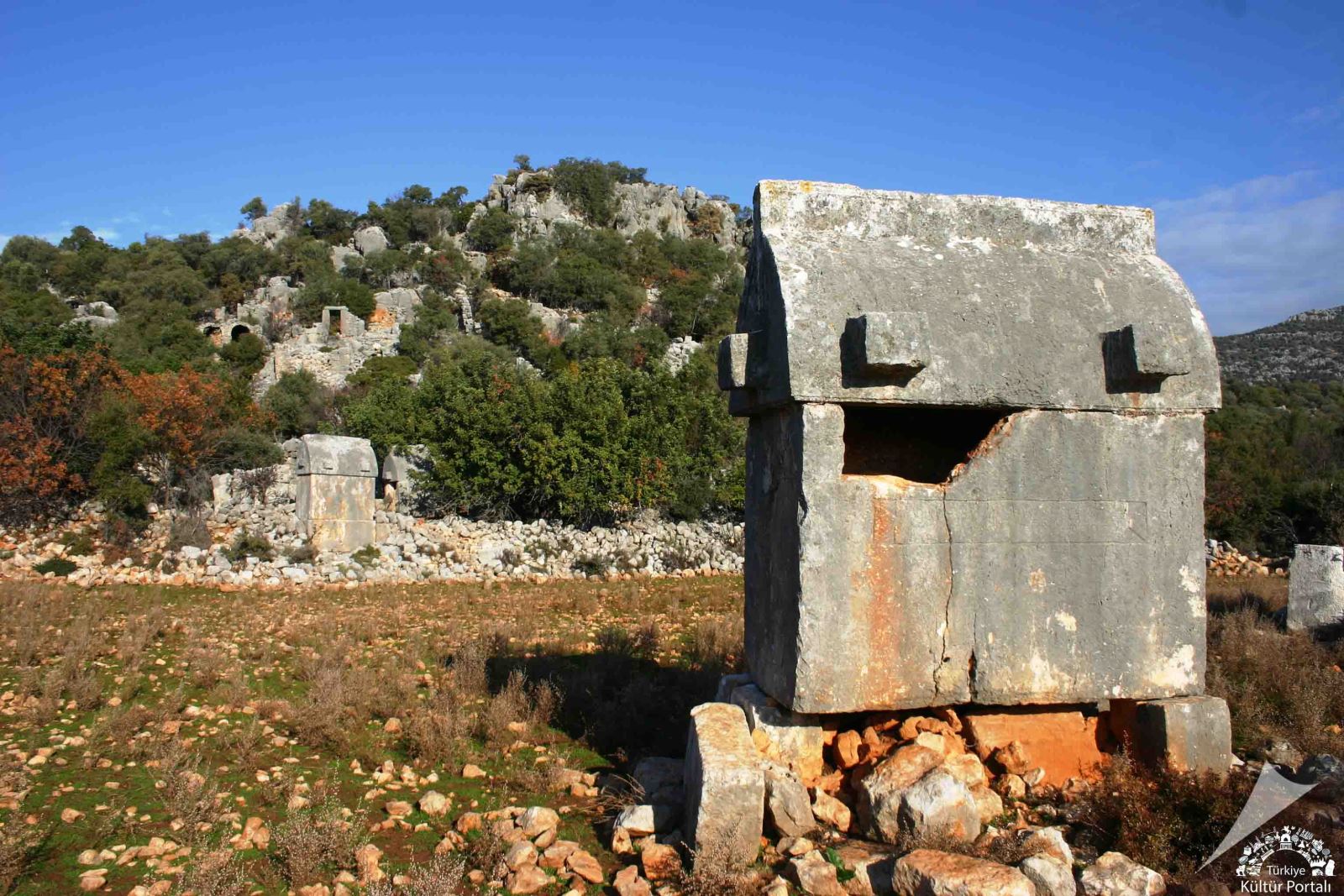

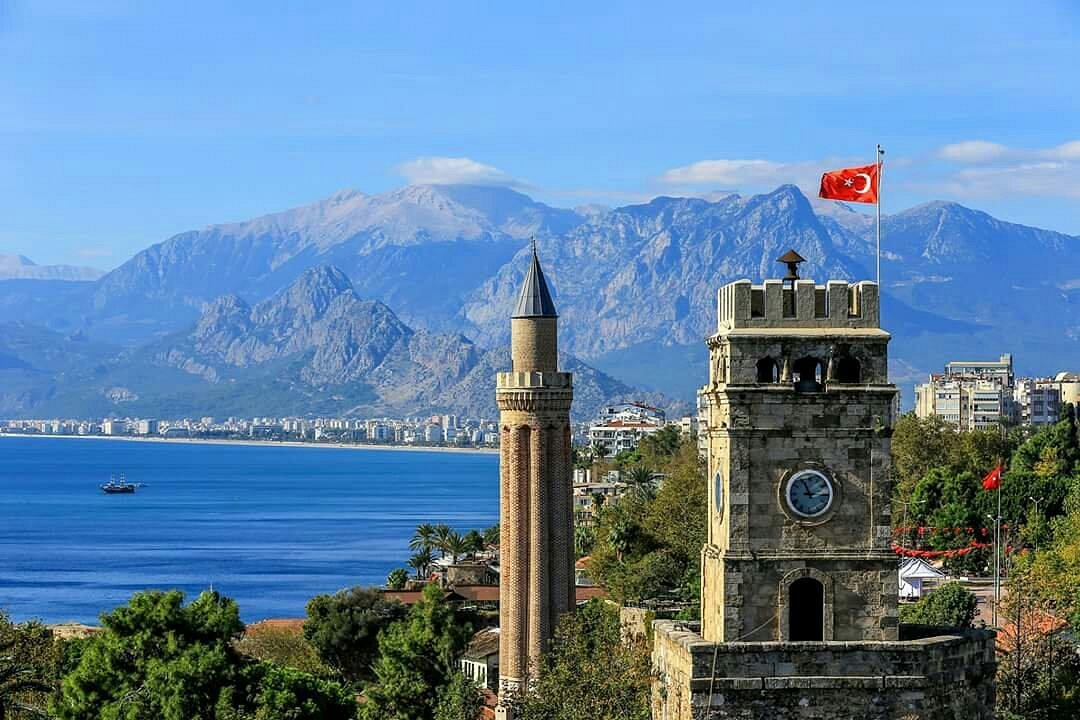



 Home
Home
 Services
Services
 Map
Map
 Competitions
Competitions
 My Account
My Account

